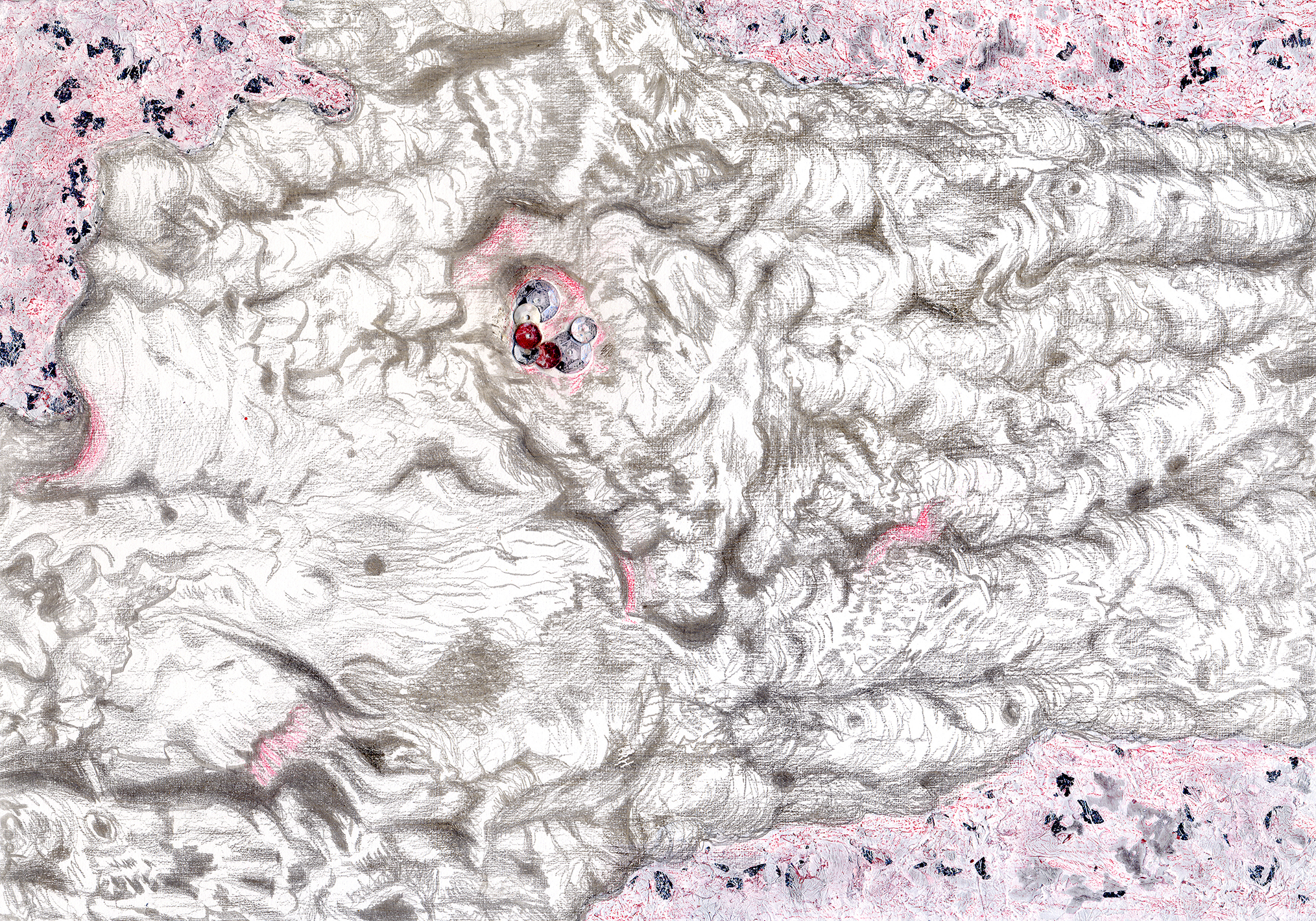I must have walked the sandy lanes of our neighbourhood thousands of times in the past years. I know the area well enough to feel comfortable walking in the dark, knowing which protruding roots to avoid in the road, where the overhanging branches almost touch one's head.
Yet I am constantly amazed and delighted at how different the familiar scenes look each time I venture forth. Yes, the light and temperature change, depending on the weather and the season. Yes, the seasons bring forth different stages of vegetation and thus variations in colours of leaves, subtle changes in the marsh grasses. But there is something else that happens.
If each of us sets forth, consciously with eyes open and aware of surroundings, a walk yields wonderful rewards. An artist, especially, needs to keep eyes fresh and alert. You never know what will suddenly hit you as being special, worthy of exploration as an ingredient in art-making. No matter how well you know your surroundings, they can suddenly appear in a totally different way, given a willingness to look. Perhaps it depends too on one's frame of mind, what is happening subconsciously in terms of art...
This past week, I was rewarded with a whole new, exciting series of subjects to draw. Trees which I love and know well began to "talk" to me, not as I usually see them in terms of mighty, elegant structures with green canopies far above. My eyes were riveted to their barks, the ways this outer casing rippled and cracked, swirled and split, peeled and shredded. Every tree is different, even within the same type of tree. And one side of the tree is different, in many cases, from the other side of the same tree trunk. Totally fascinating.
Live Oak Bark
Live Oak Bark
Oak Tree Bark
These are just three examples of the bark of the wondrous Live Oak (Quercus virginiana).
Needless to say, my walks have been slowed down a great deal, as I use my fresh eyes to explore these new terrains!









